The Royal Netherlands Navy’s (RNLN) Special Operations Forces unit is the Royal Netherlands Marine Corps (RNLMC) ‘Maritime Special Operations Forces’ (MARSOF). Their focus is special operations (SO) from the sea, under extreme climate- and terrain circumstances and in urban environment. Qua Patet Orbis (wherever the world leads) the motto of the Dutch Marine Corps. Within this group, is a smaller elite Special Forces (SF) unit that specializes in Counter Terrorsim (CT) operations. This group is called the ‘Unit Interventie Mariniers’ (UIM) and number roughly 130 operators.
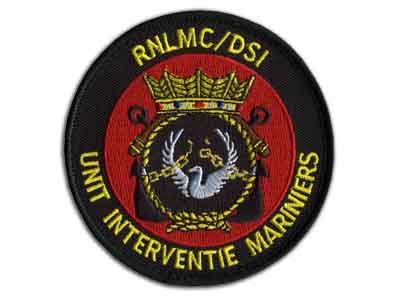
The RNLMC first elite CT unit was called the Bijzondere Bijstandseenheid Mariniers (BBE-M). It was formed in 1973 in response to the Munich Olympics terrorist incident. The BBE-M first earned widespread recognition in the 1970s, when they assaulted a Dutch train hijacked by Malaccan extremists and freed the hostages on board. The BBE-Ms skills were again put to the test, during ‘The Hague siege’ in 2004, when four policeman of an Arrest Team (AT) in The Hague, were injured by a hand grenade thrown by homegrown terrorists cell called the Hofstadgroep. The BBE-M was called in to help. After a sniper from the Koninklijke Marechaussee border guard/military police Brigade Speciale Beveiligingsopdrachten (BSB) shot one of the terrorists in the shoulder, the BBE-M breached the house using a frame charge and made a successful arrest. In 2006, the BBE-M was renamed into the UIM. The operators however still prever to use the name BBE instead of UIM.
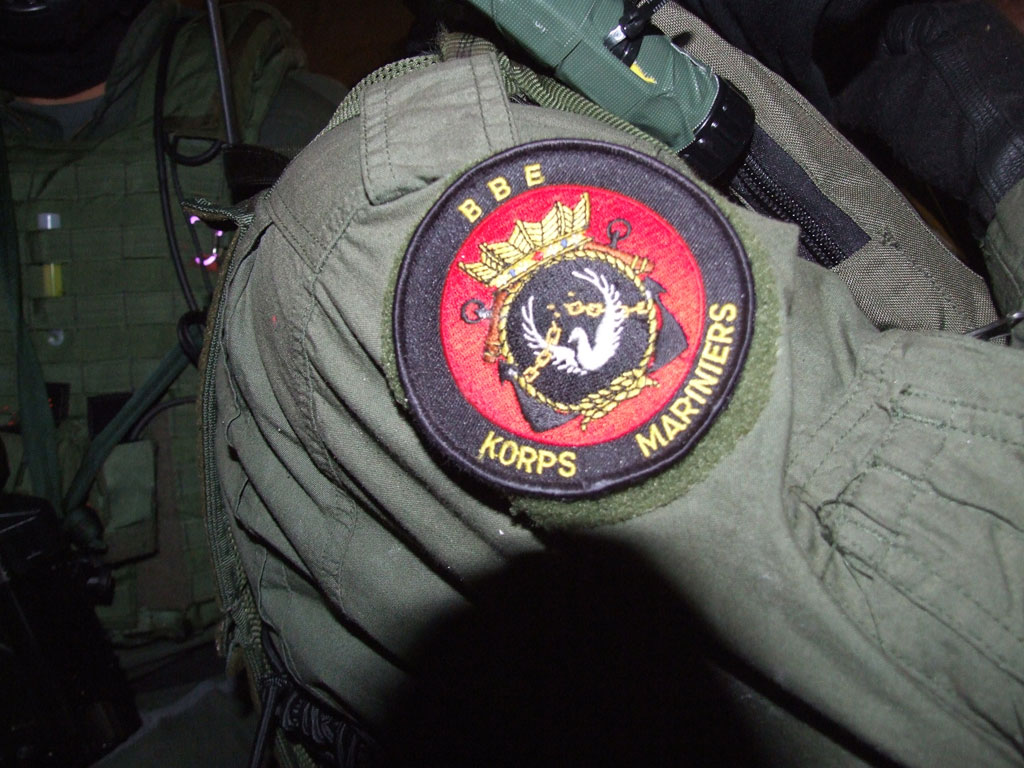
Under special circumstances in the Netherlands, it is possible to deploy special units of the police and the Ministry of Defense. E.g. to end life threatening situations or to arrest fire arm dangerous suspects and/or suspects of terrorism and severe violence. For this purpose the ‘Dienst Speciale Interventies’ (DSI) under the Korps Landelijke Politiediensten (KLPD) is raised. DSI is a combined military/police unit, which consists of UIM marines, the National Police (KLPD) SWAT ATs and Koninklijke Marechaussee border guard/military police (BSB) ATs and snipers. DSI actually has the lead in deploying special units in domestic terrorism or high-level threat situations. In case of a national deployment, the UIM is lead by the DSI, but administered by the Ministry of Defense. The actual deployment of those units occurs under the supervision of the Ministry of Justice.
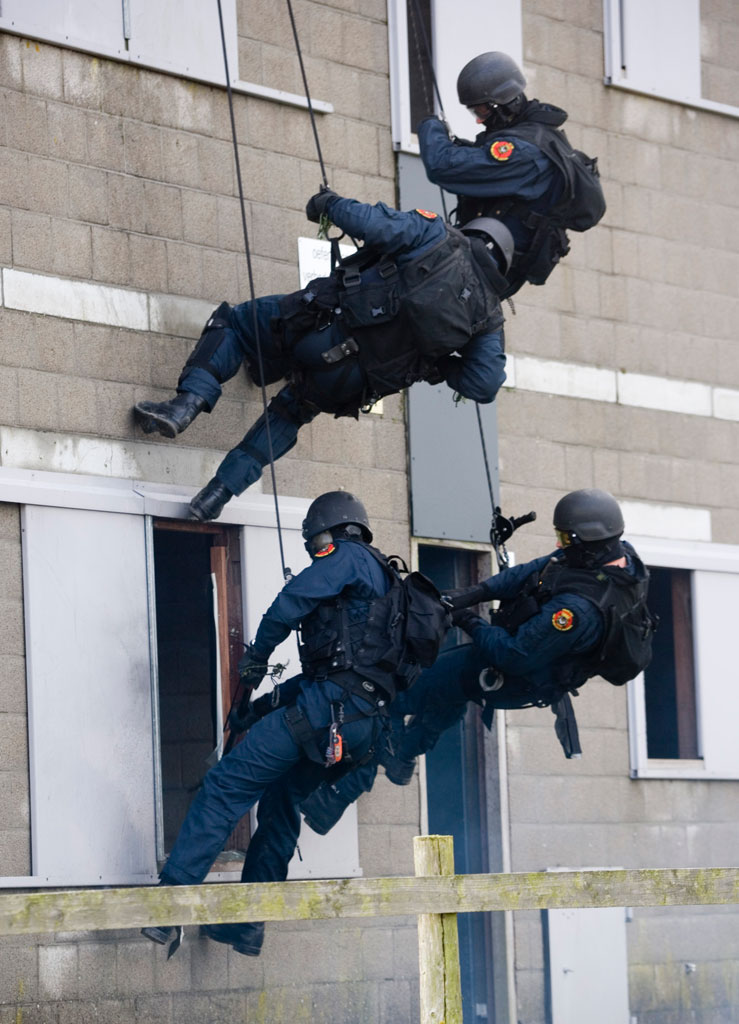
The DSI can deploy three different units depending on the threat level. The first level units are the ATs, which consist of KLPD and BSB SWAT personnel. Their aim is to arrest fire-arm dangerous suspects in order to end a regular criminal situation. The second level units are composed of two thirds UIM marines or BSB and one-third KLPD police personnel. This unit is called the Unit Interventie (UI) and specializes in medium threat situations. This unit is specialized in small-scale high-risk operations, in which explosives/heavy weapons and an intention for sacrifice by the suspects may be involved. The third unit, UIM is composed completely of specialized UIM Special Forces CT operators of the RNLN. They are called in for large-scale, offensive and/or complex operations. UIM handles all large scale and complex counter terrorism operations inside the Netherlands including those taking place in: Large, complex buildings like football stadiums, theaters and Ministry buildings, aircraft, ships, oil rigs and trains.
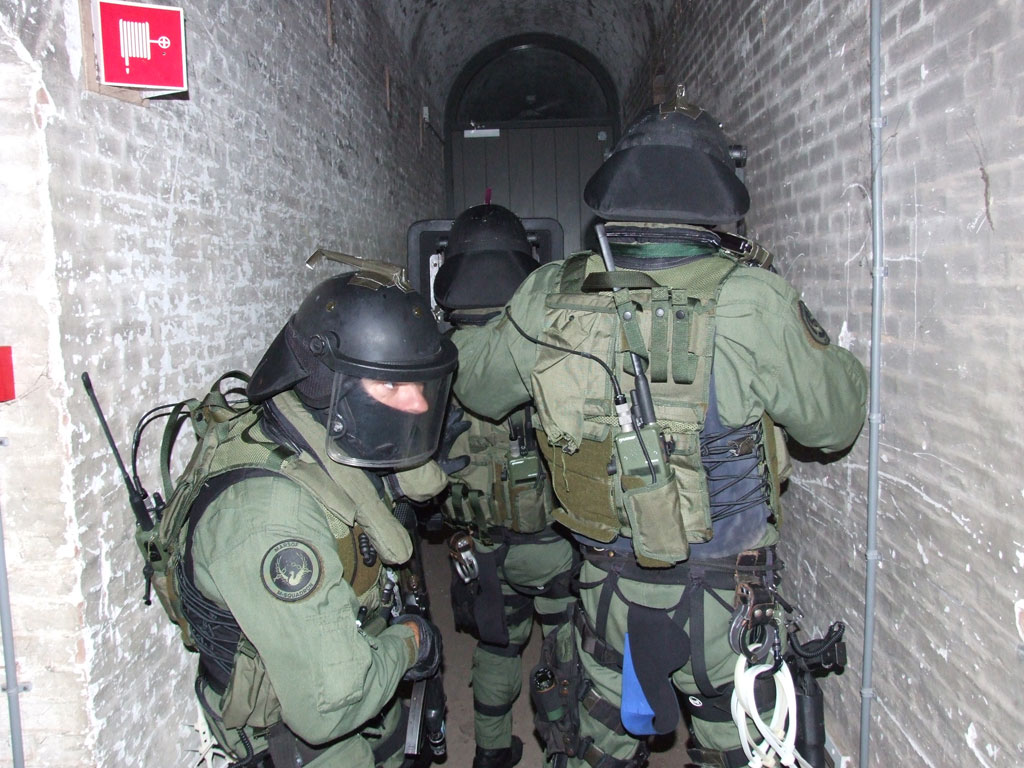
Since 2008, the two elite-units of the RNLMC, the UIM and the ‘Maritieme Speciale Operaties’ (MSO) Company have operated closely within the MARSOF. In the year 1997, during operation ‘Amber Star’, members of the MARSOF have been deployed, together with operators of the Korps Commandotroepen (KCT), the elite SF unit of the Royal Netherlands Army, to former Yugoslavia to capture suspected war criminals in hostile territory and bring them into custody of the UN War Tribunal. But both these KCT and MSO specialist operators have also been deployed in Irak and in Afghanistan, for long-distance reconnaissance and other SO.
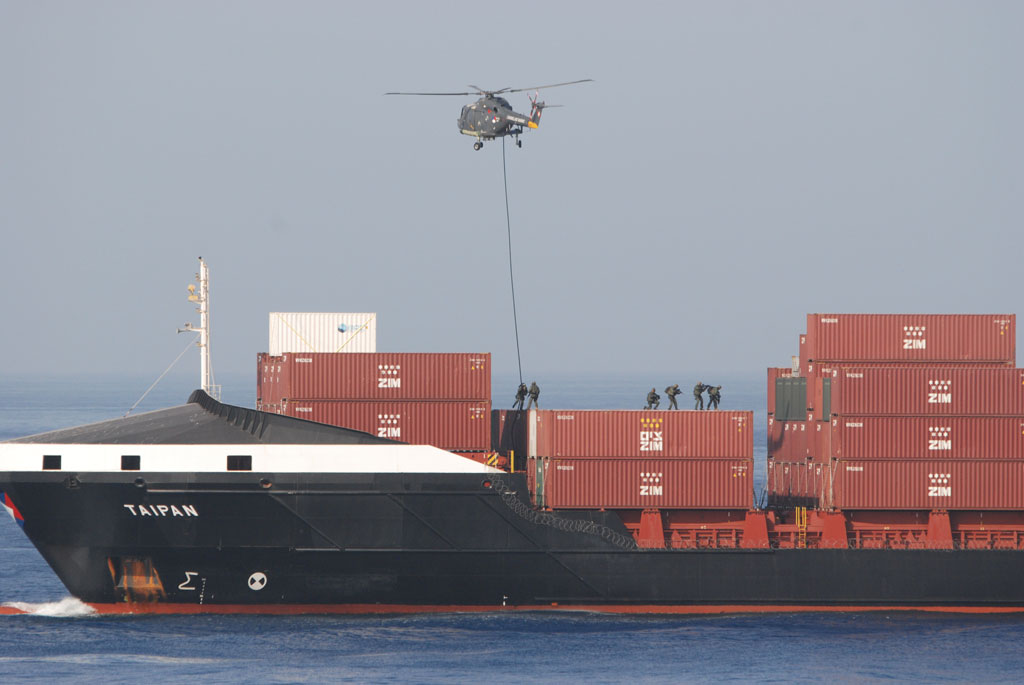
Another example for these specialist marines is the deployment of boarding teams in anti-piracy operations, like the liberation of the German containership Taipan.
The UIM’s 130 members belong to three platoons. Each man is specialized in ‘Black’ CT work. In addition, each member has an individual specialization, like: Diving. The dive team was established in 1959 and can insert into a hostile zone by any means including parachute, submarine or submersible and also conduct ship sinking operations. The divers attached to the UIM also work with the British Royal Marines Special Boat Service (SBS) and are known as 7 Troop. Breachers: (using explosives, crowbars or rams). Climbing: (specializing in urban structures). Silence: (using silenced weapons and equipment, entering buildings using lock picks and other methods. The UIM regularly cross trains with several foreign forces including the British Police Central Operations Specialist Firearms Command (CO19), the US FBI Hostage Rescue Team (HRT), the French GIGN, Czech URNA, German GSG-9, KSK and the SDU of Hong Kong.
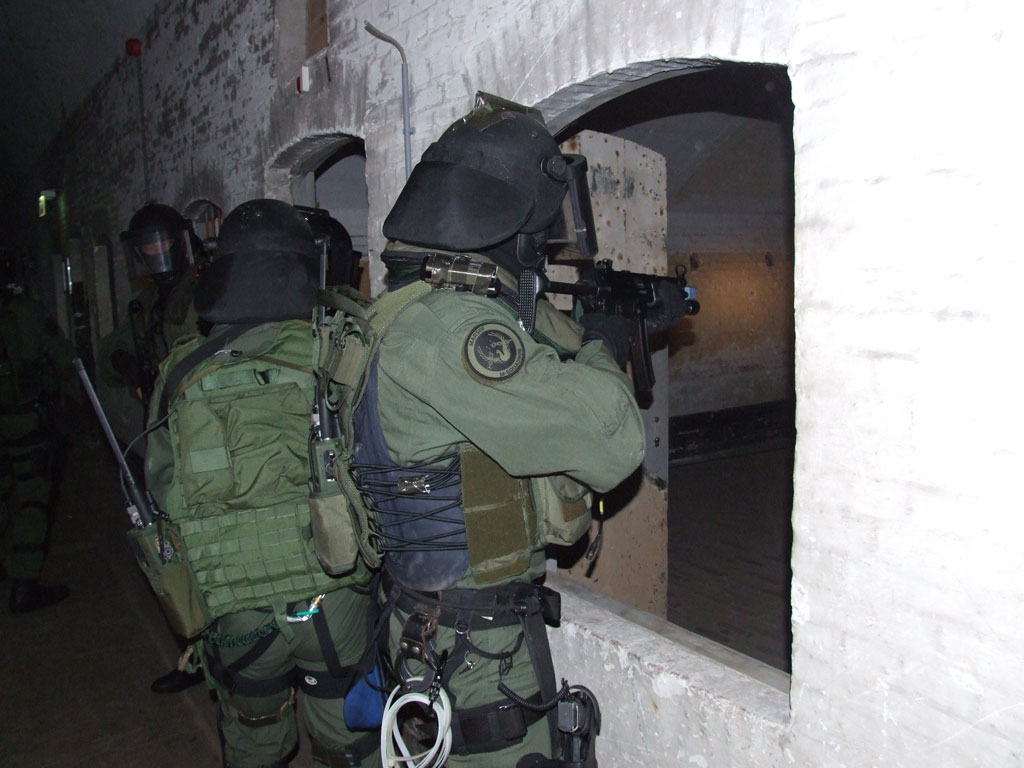
Currently the MARSOF main assault weapon is the Canadian Diemaco C8A1GD 5.56mm carbine . The C8 is around 12 years-old and is being replaced by the improved HK416.
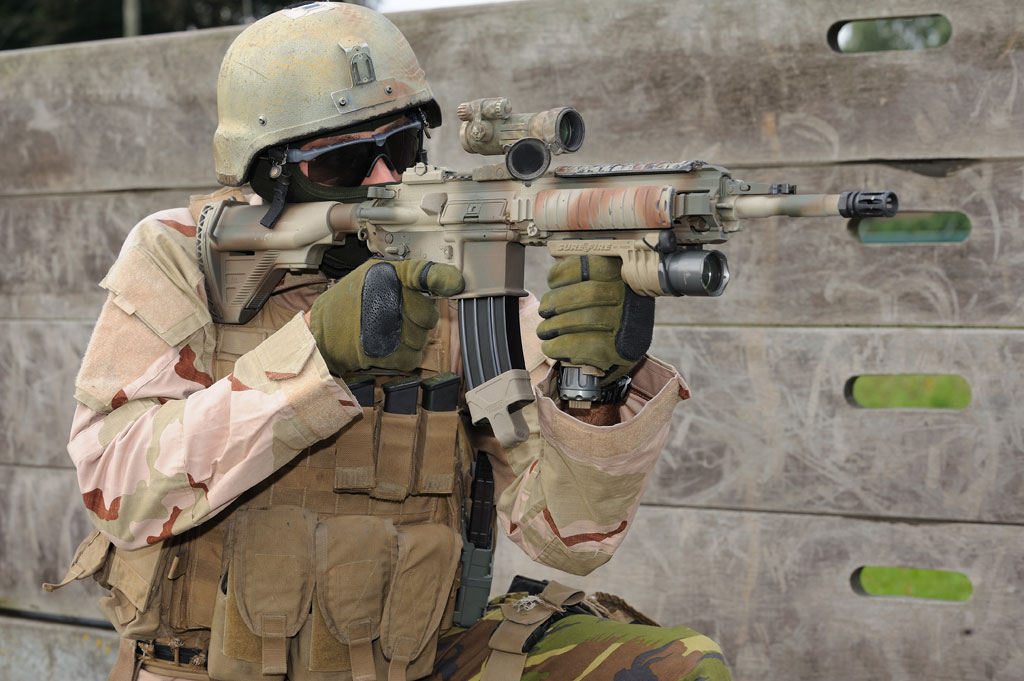
The main advantage the HK has over the C8, is that it has more barrel variants including a 10-inch version for Close Quarter Battle (CQB) and fewer malfunctions when submerged in water. Other weapons used by the UIM include the 5.7/28 FN P90 bull pup assault carbine, 9mm HK MP-5 submachine gun and the Sig P226 9mm handgun.
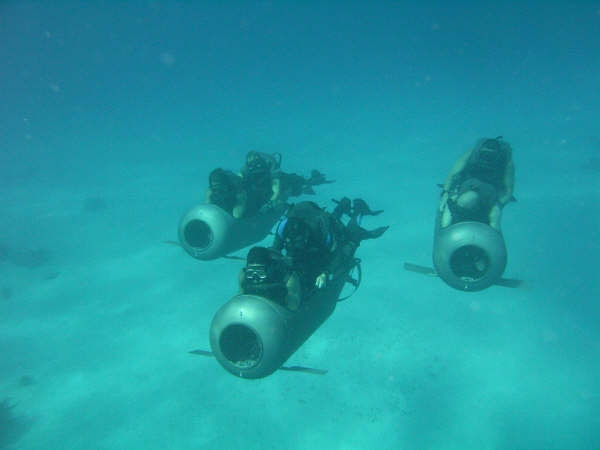
Operations: Somalia April 5, 2010.
Hostage rescue of the German crew of the Cargo ship Taipan, 500 nautical miles off the coast of Somalia. The Dutch Navy frigate Hr. Ms. Tromp was patrolling an area 500 nautical miles from the Somali coast as part of the EU’s anti piracy operation Atalanta. Their primary task was to protect shipping in the area. The Tromp was manned by a MARSOF team, which included UIM operators. On the second day of Easter, a German cargo ship called the Taipan, had sent out a distress call saying pirates were attacking it. The Taipan’s 15 crew were trapped in a safe room.
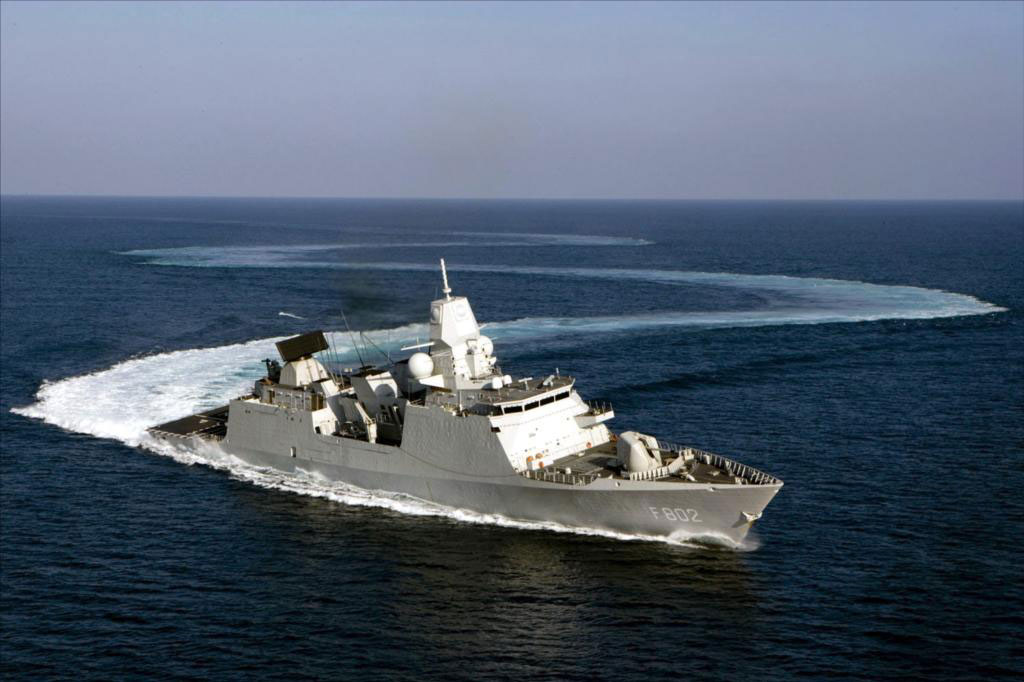
The Tromp was closest to the ship and soon had the vessel within range. Its captain attempted to make contact with the pirates by using a mariphone and then a special megaphone to tell the pirates to hand the ship over. When they received no reaction, the Captain gave the green light to send in the UIM operators. A small boarding team of six men was assembled and lifted off in a Lynx helicopter, piloted by a female member of the Dutch Royal Navy. The pirates then opened fire in the direction of the frigate and the Dutch returned fire from the Tromp and the door MAG of the helicopter. The pilot positioned the helicopter near the bow of the Taipan where a number of containers provided cover for the team to use a fast rope. The MAG door gunner on the helicopter gave constant covering fire in the direction of the ship’s bridge as the team deployed. They were certain that none of the Taipan’s crew were in danger, as they knew they had all retreated to the safe room. An assault was made on the bridge and one by one the pirates were ordered out of cover by the marines and told to “come to me”. After only a few minutes 10 unarmed pirates had surrendered. A three-man team went up to the upper level of the bridge. The interior of the bridge indicated how accurate the covering fire had been as all of the windows were riddled with bullet holes. The 3-pack went below to the accommodation quarters to locate any further pirates. During the search they noticed in the accommodation quarters that laptops were scattered all over the floor. Doors were kicked in and shot full of holes and weapons were also found. These included RPG 7 rocket propelled grenade launchers, AK47s assault rifles and Tokarov pistols.
The Taipan’s captain and his crew were then located and told it was safe to come out. The ship had been liberated. When they emerged they started singing to the marines. The operation had been a complete success with only one UIM operator slightly injured.
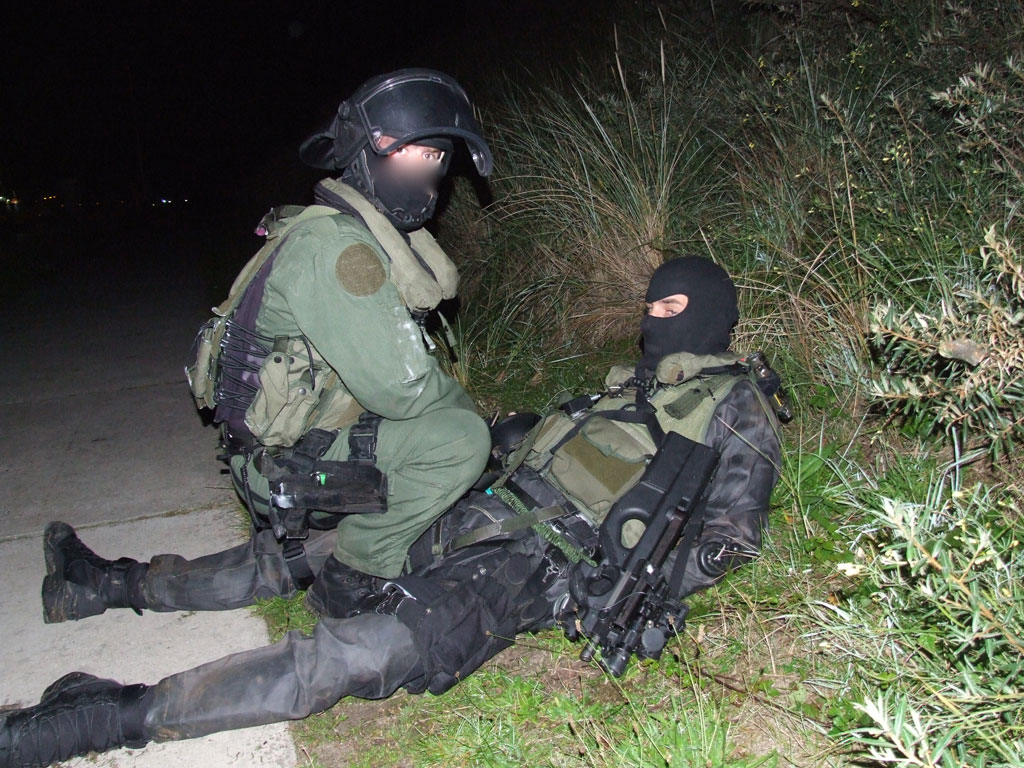
One of the reasons why the marines were able to safely intervene on this occasion was because the Taipan crew followed the EU mission Atalanta’s protocols for a ship under attack from pirates. They immobilized the vessel by turning off all engines and machinery, radioed the warships patrolling the Gulf of Aden to call for help, and then locked themselves away in a secure part of the ship to await rescue. Two of the 15-member crew were German. After some minor repairs to the bridge, were made the crew of the Taipan were able to continue on their voyage. The captured pirates were transported to Djibouti by the Dutch and then sent to Germany to face trial. The MARSOF force operating off Somalia has warded off many attempts by pirates to hijack vessels. The Dutch also operate an amphibious operation, which raids coastal pirate camps and confiscates their skiffs.
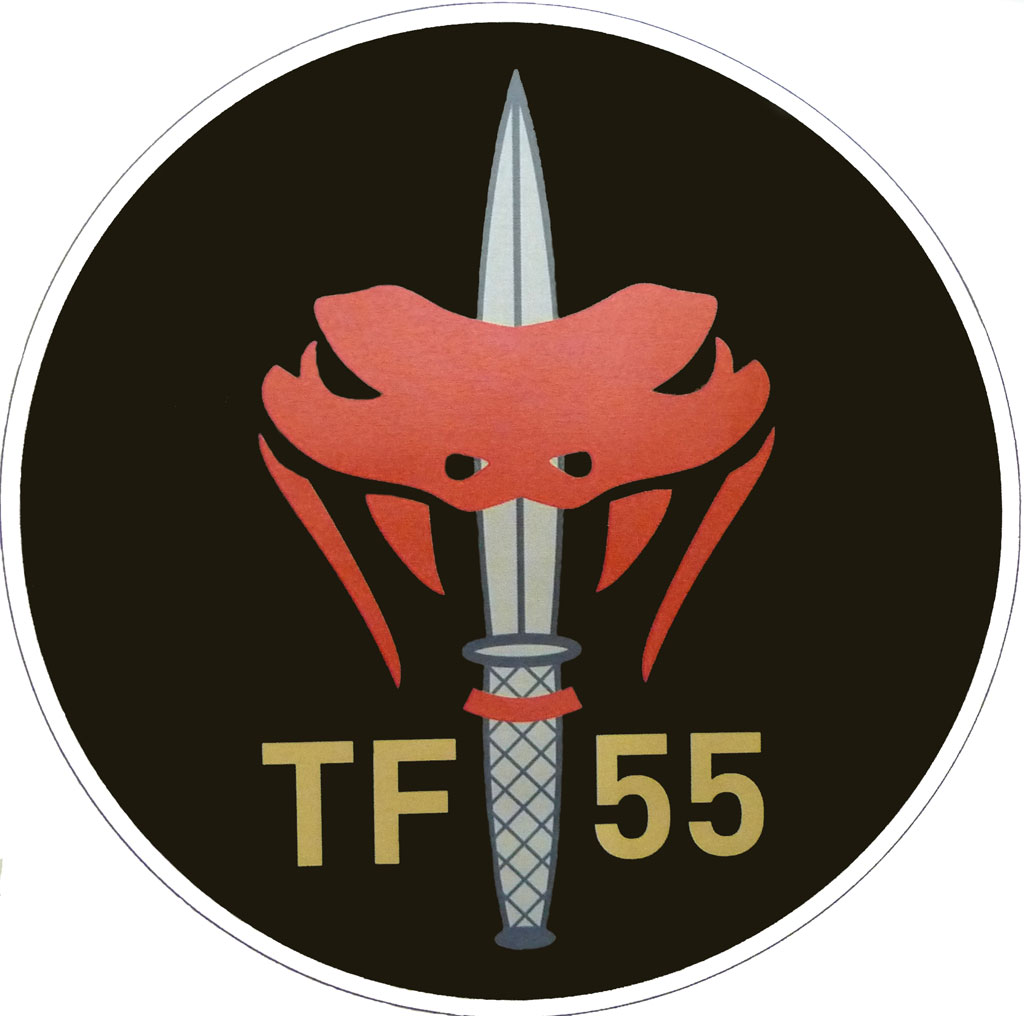
Members of the MARSOF international Counter Terrorism Team also supported KCT operators in Task Force 55 SF counter insurgency operations in and around Uruzgan from 2006 August 2010. They worked alongside the Australian SOTG (Commandos and SASR) operators of Task Force 66 and ‘The Green Berets’, the US Army Special Forces.
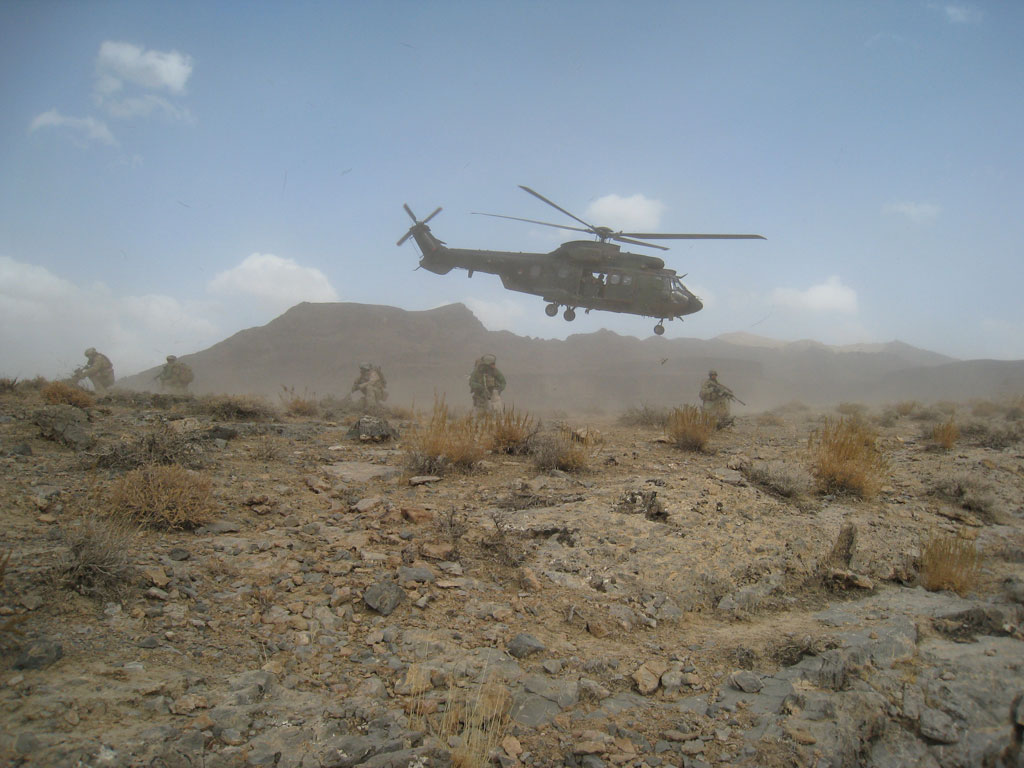
The below account is from my interviews with Dutch NOS news reporter Peter ter Velde, who was embedded TF55, during a recon mission north of Uruzgan Province (October 2009). The taskforces’ mission on this day was to reconnoiter an undisclosed valley north of Uruzgan province to see how strong the Taliban presence was in the region. The valley was a relatively grey area; Australian SOTG and US Special Forces had patrolled the high ground above it just weeks before, but no coalition forces had ever entered from below. The importance of the valley was high, as it was close to an important transport route for NATO convoys, which came regularly under attack. They also suspected a Taliban arms cache was hidden in a village within the valley. The taskforce convoy consisted of several Mercedes Benz 11kN soft tops, Bushmasters and soft skinned pick-ups manned by the ANP special unit. After four hours of driving, the patrol set up camp for the night and the temperature quickly fell below zero. The next day, they set off again towards the valley, stopping only to deal with an anti tank mine on the road ahead. An explosive charge was used to disarm it.
The second halt was ordered on the outskirts of the valley when the taskforce spotted enemy spotters on the high ground. It was not long before an 82mm Russian mortar round came over their heads. Using binoculars, operators identified where the fire was being directed from (over five kilometers away) and the Dutch replied with 81mm mortars engaging the targets at their maximum range. A hit was witnessed and the incoming fire stopped. Deeper inside the valley, the patrol came in the vicinity of a small village. Strong intelligence had been received that a house in the village was being used by the Taliban to store weapons and ammunition. At that moment incoming enemy small arms fire opened up and dozens of villages were seen leaving the village heading south. A Bushmaster was ordered forward and returned fire with its mounted .50 BMG. The Taliban were positioned on the opposite side of the valley at a range of one to two kilometers. Other vehicles and mortar teams then joined the fight.
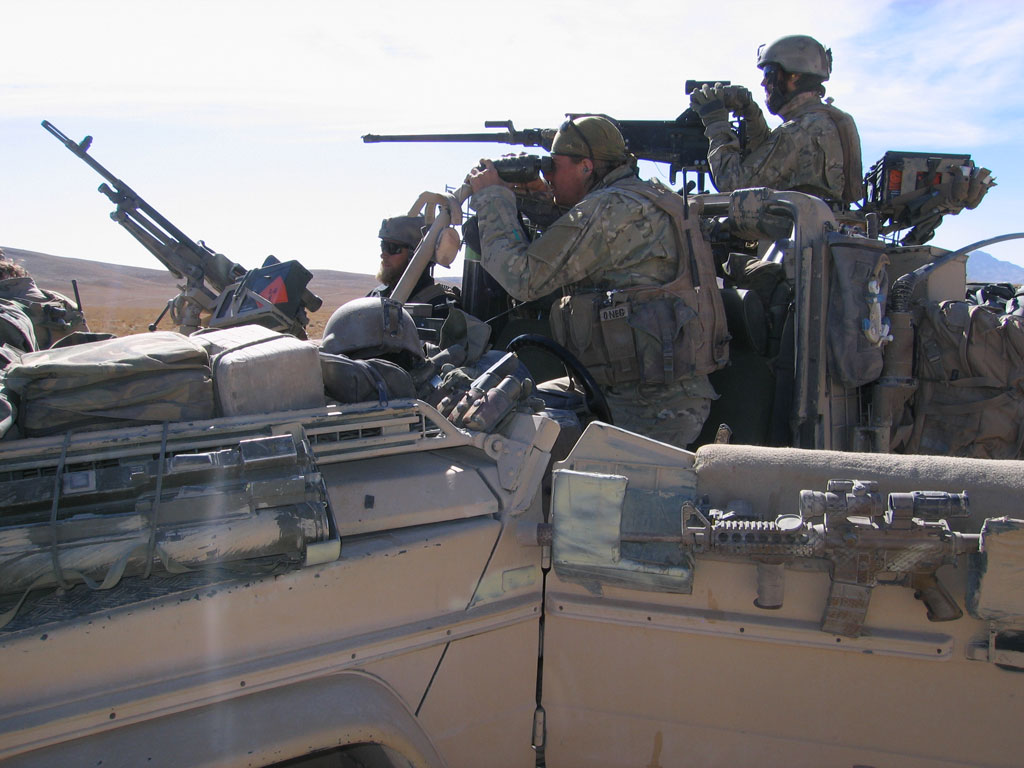
This time, the Dutch decided to use air-support to deal with the problem. They had a choice of four F18 fighter-bombers or an unmanned US drone in a holding patterns overhead. The drone was ordered to engage the identified targets with a hellfire. After an explosion was seen behind a small ridge, the drone operator confirmed that three Taliban had been killed inside a house. The radio chatter from the Taliban however, said that six fighters had lost their lives. When the firefight subsided, more than 60 Dutch mortar rounds had been fired and a Bushmaster had sustained several hits from enemy small arms fire. A joint team consisting of the Dutch Marine MARSOF and ANP, set off on foot into the valley from the high ground above. After two hours they entered the village and searched for the presence of any Taliban. After finding no sign, a larger reinforcement contingent with vehicles arrived and set up a defensive perimeter. That night, a larger force of KCT operators stayed on the high ground above the village for the night to provide over watch.
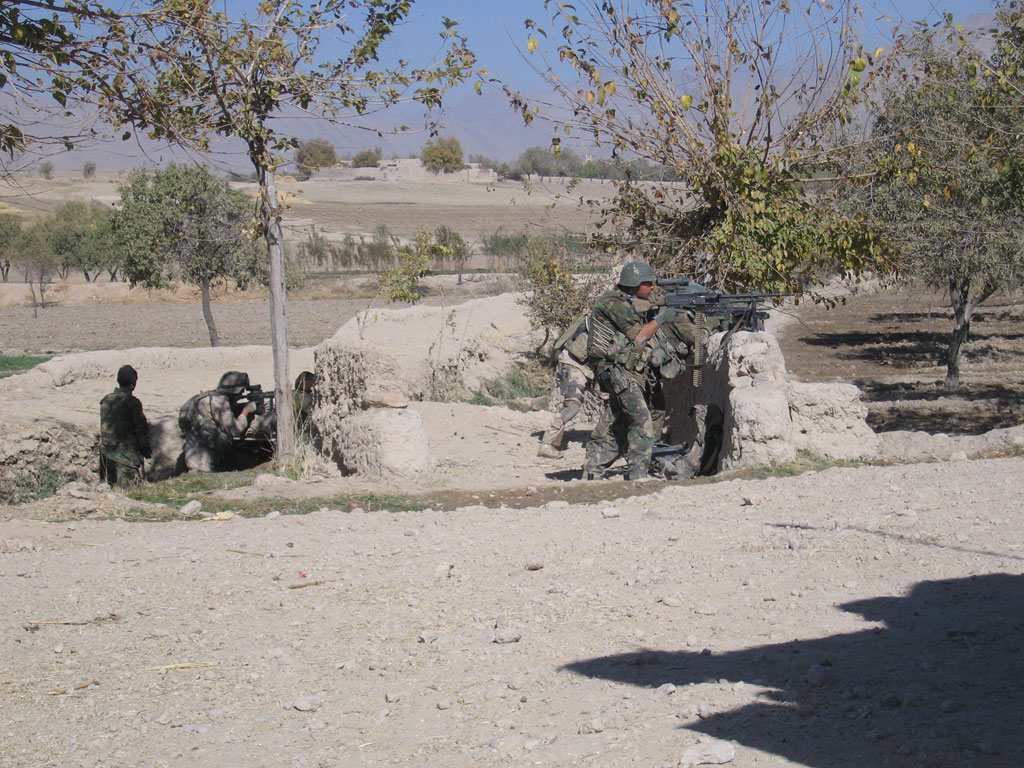
The next morning the Marines and ANP searched more houses suspected of hiding arms caches. The only weapon found however was an old Lee Enfield .303 bolt-action rifle, which they chose to leave. Soon after, the KCT force on the high ground began receiving enemy fire again and the withdrawal from the village was ordered. After assembling together on the high ground, the taskforce made their way back to Tarin Kowt.
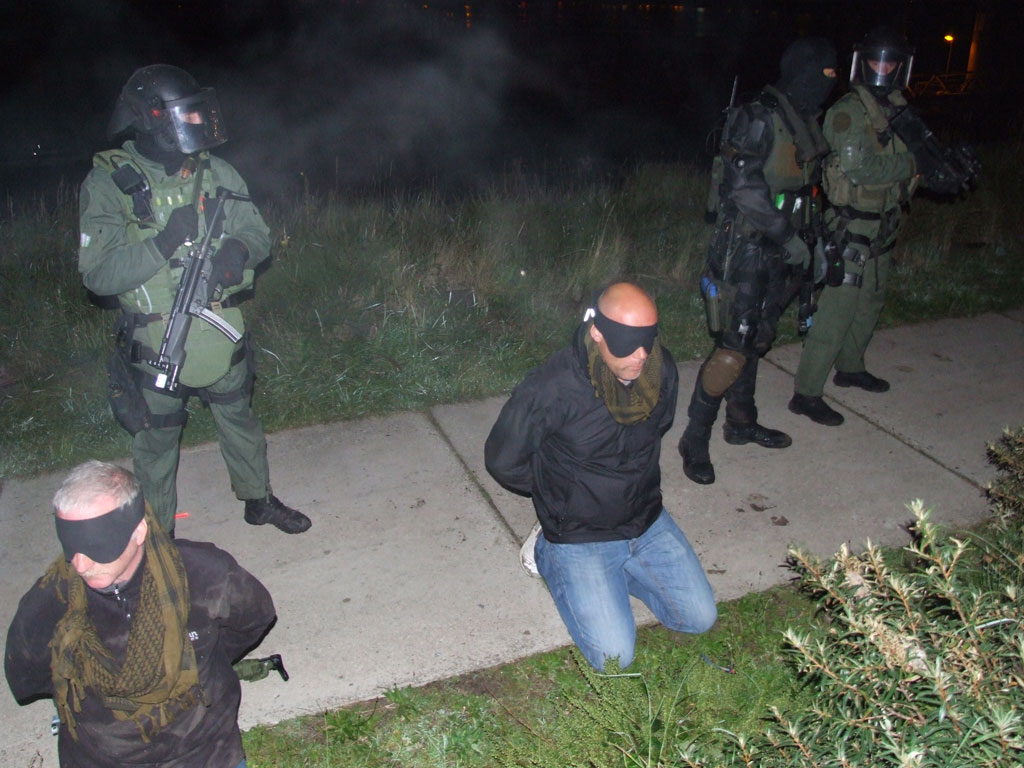
Peter ter Velde said in reflection that the mission and skirmish with the Taliban served multiple functions; firstly it established that there was an enemy defensive line in the valley. Secondly, when the taskforce engaged the Taliban, it provided a decoy for a large NATO convoy travelling nearby to pass without incident. Thirdly it provided information on the enemy’s strength in the area. Overall, three enemy fighters were confirmed killed while Taskforce 55 sustained no casualties.
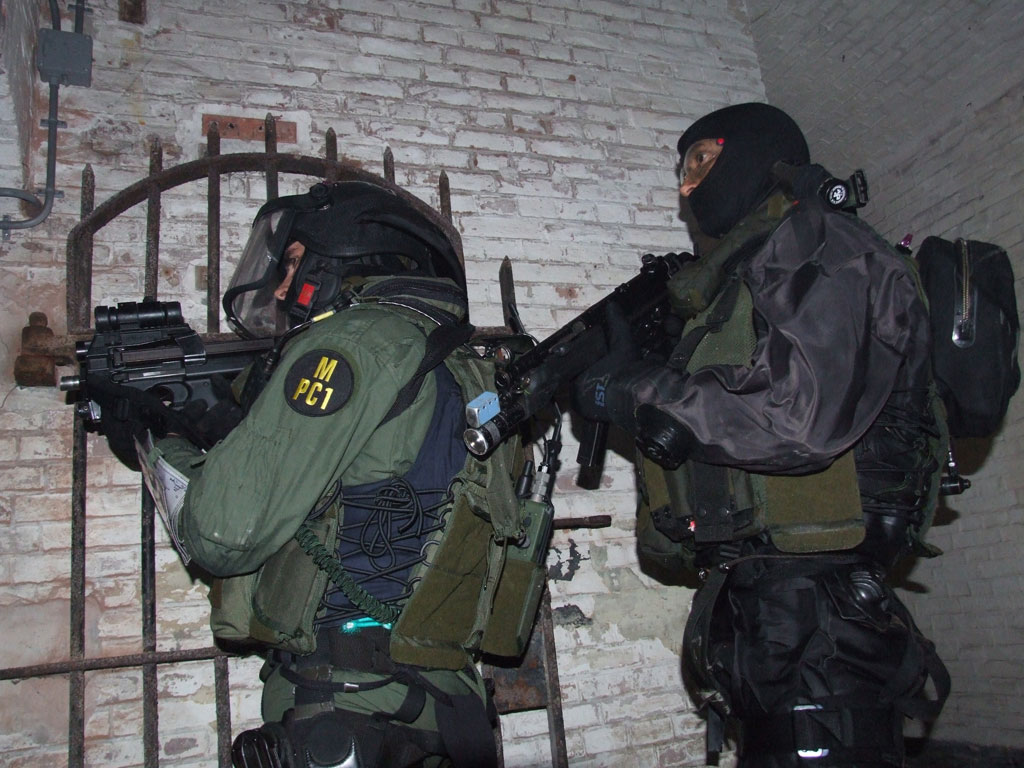
MARSOF/UIM Hostage rescue drill on Forteiland
Forteiland (Fort Island) is in the mouth of the port of IJmuiden. It is Amsterdam’s gateway to the North Sea. The fort was built in 1876 for its strategic position of protecting the harbor and canal network running inland and linking many cities and towns. In 1941, the Germans used the island as part of their Atlantic Wall defense system. In total, there are 37 reinforced bunkers in the fort complex, during this exercise, the MARSOF have the job of clearing it of a number of terrorists and rescuing 21 hostages. The hostages are all members of an international atomic agency. They were kidnapped earlier in the day from a bus and then transported to the island. The exercise is simulating communications conditions that were similar to the New Orleans hurricane disaster, in that all systems were down.
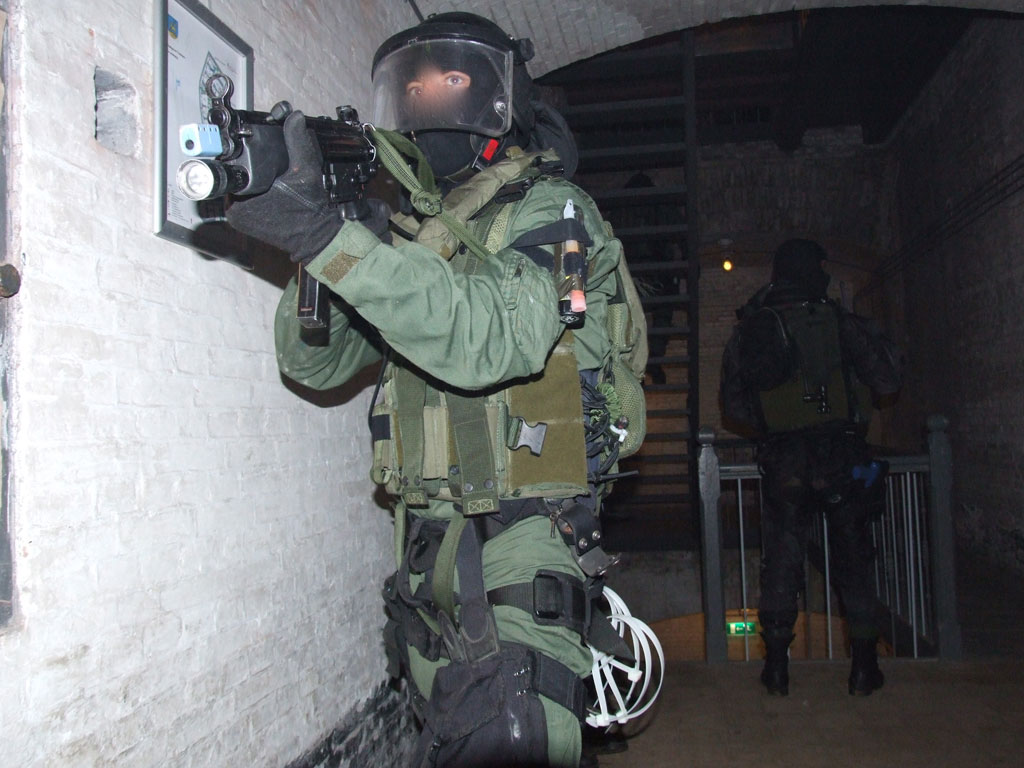
Intelligence indicates that the leader of the terrorist cell is also experienced in using explosives. Earlier in the day aircraft and satellite imaging was used to provide visual intelligence on the island and any human activity-taking place on it. The assault is to take place at night and involve two lynx helicopters, a number of Rigid Hull Inflatable Boats (RHIB) and smaller Zodiacs.
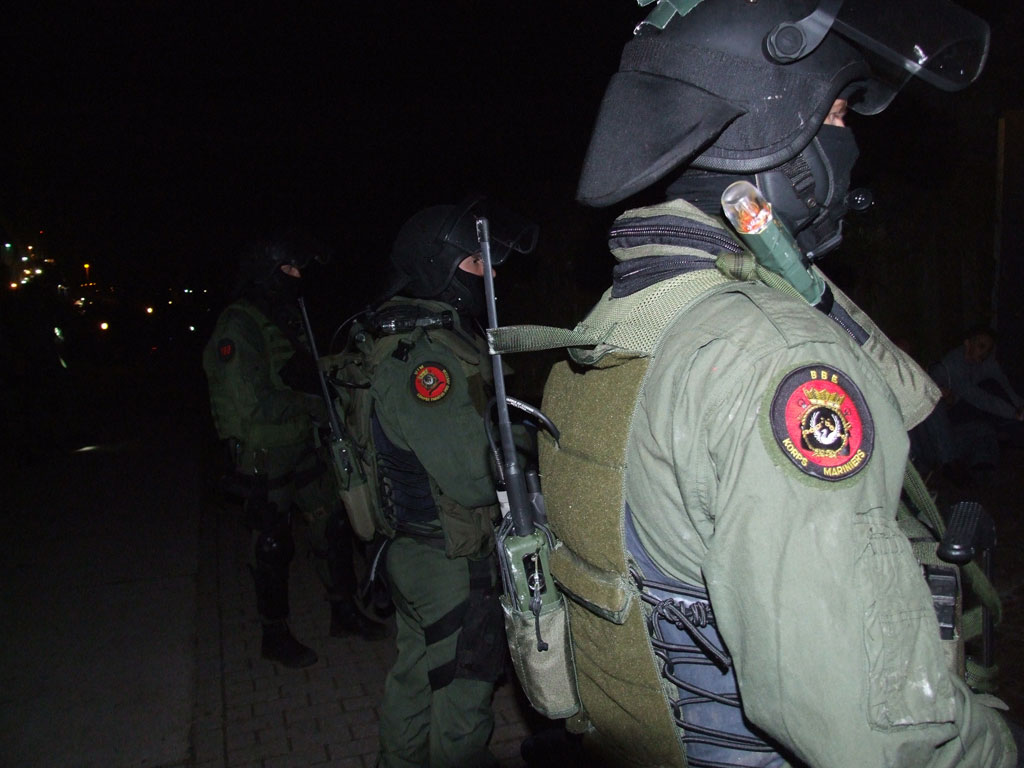
The UIMs elite dive teams have already been inserted ahead of the main assault force to cover the helicopters and boat teams approaching the target area. The helicopters will drop two assault teams by fast rope. RHIBs will then follow soon after and deploy larger support teams. In total, six teams are to be inserted, including members of the Explosives Clearance Team (Explosieven Opruimingsdienst (EOD)) to deal with IED threats.
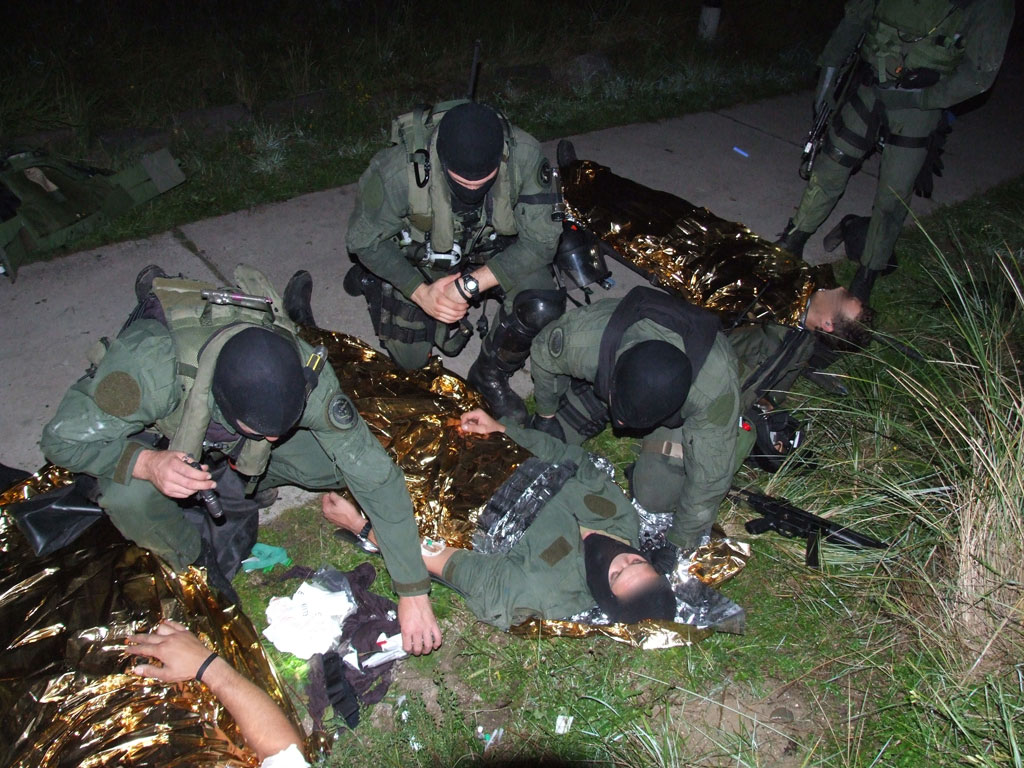
Dock lights and the rotating beam of a lighthouse punctuate the pitch-black night of the harbor. Overall, it is not an easy task for the Lynx pilots who are flying with night vision goggles. At midnight, the first lynx swoops in low and a team of six UIM operators fast rope to the ground. Moments later, a second team deploys and they make their way into the complex. The first door is blown with explosives. There is shouting, shots and smoke. Minutes later, the assaulters locate the main group of hostages. They kill and capture the Tangos (terrorists) holding the hostages.
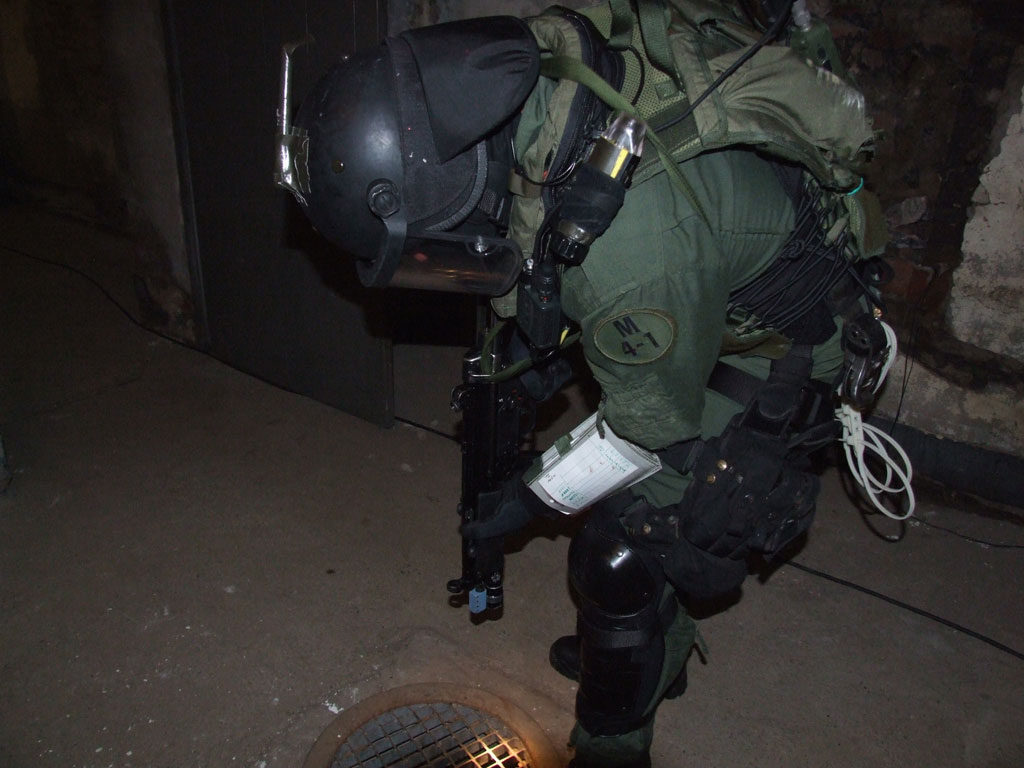
One female hostage is tied to a chair with an IED attached to it. An EOD-member safely releases her from the chair. She is then searched for any further devices. The rest of the hostages are secured as the operators are joined by elements of the dive team and they make their way deeper into the complex. Each operator has a map of the area attached to their arm so they can stay on track. While the clearing action goes ahead, the hostages are brought under cover of ballistic shields, to a safe area by other members of the team. Rooms are cleared at a high tempo with flash bang grenades and torches attached to the operators FN P90 assault carbines and HK MP-5 submachine guns. Certain colour glow sticks are left at the entrances of cleared rooms that are safe to cross.
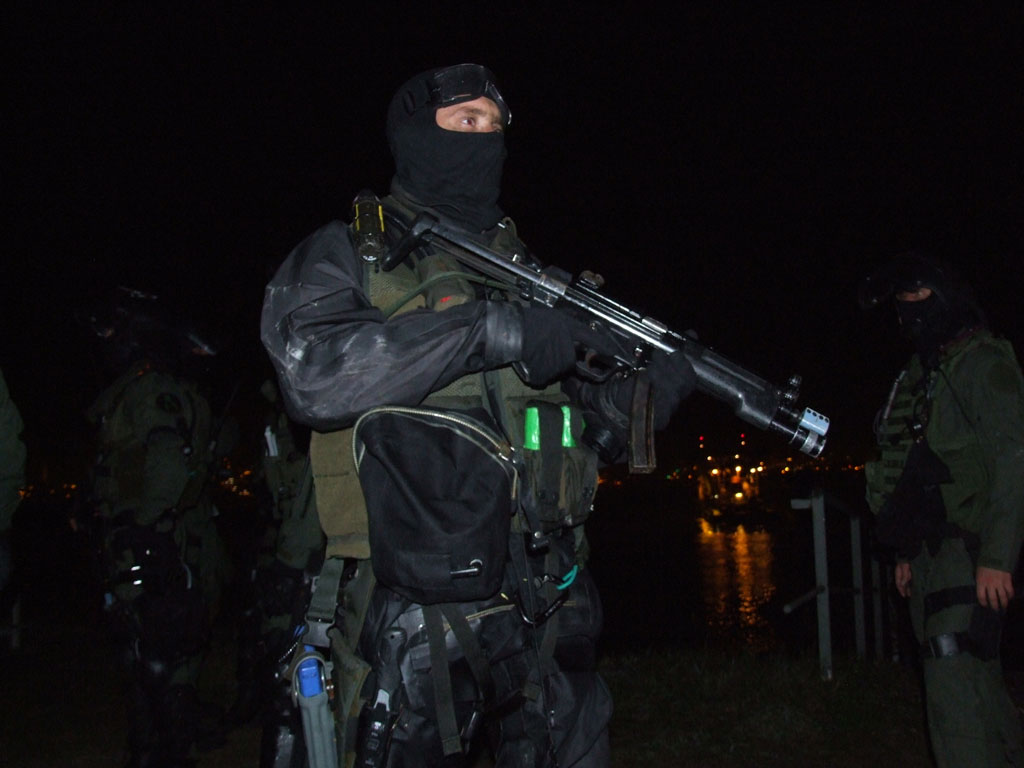
The terrorists had carried out on their threat of planting IEDs and one element of the assault force feels the full brunt of the IEDs explosion, (a number of flash bang grenades connected together). Once the fort is declared cleared of all threats. Tangos and hostages alike are questioned and identified. Tangos are questioned further about their numbers and the location of any more IEDs. The Tango is brought back into the complex by a UIM six man team and an EOD member. He leads them to a suspected IED and the EOD assesses it then disarms it. No further IEDs are detected but if any object looks suspicious, it was illuminated with another colour glow stick until the EOD personnel can investigate. Intelligence had provided a number of photos of the suspects so each one could be matched for their identity.
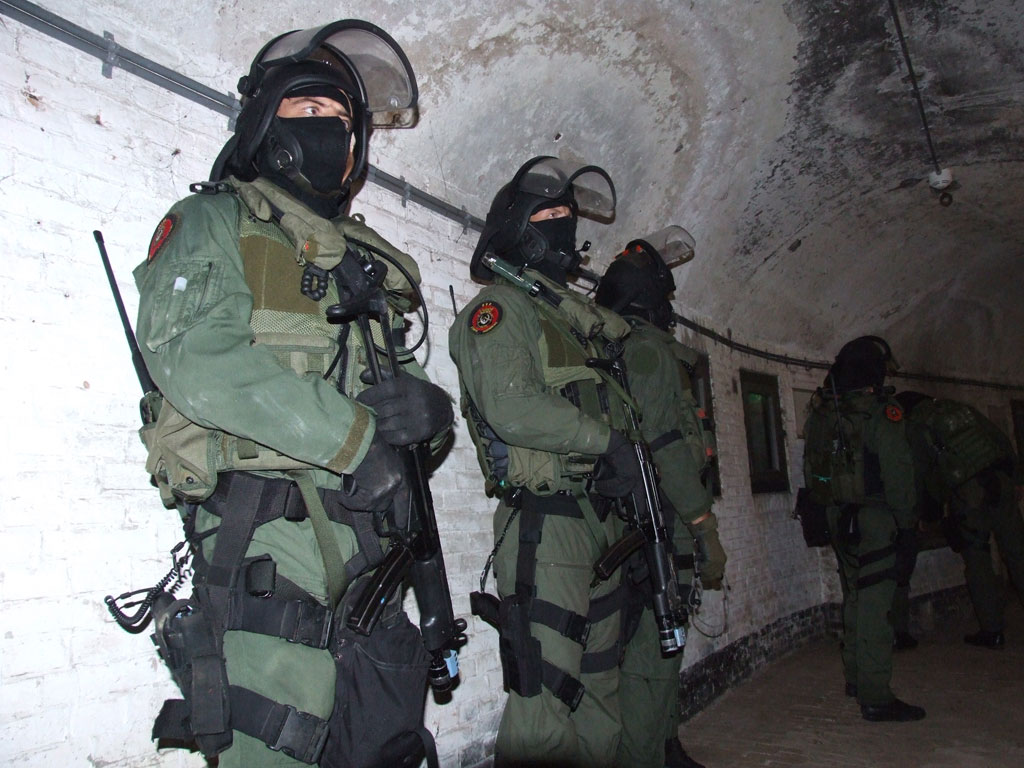
Overall, the exercise was deemed as a success said Jan, the UIM’s commanding officer. “The fact that the team sustained casualties, provided a valuable lesson which each operator was able to take on board,” he said.



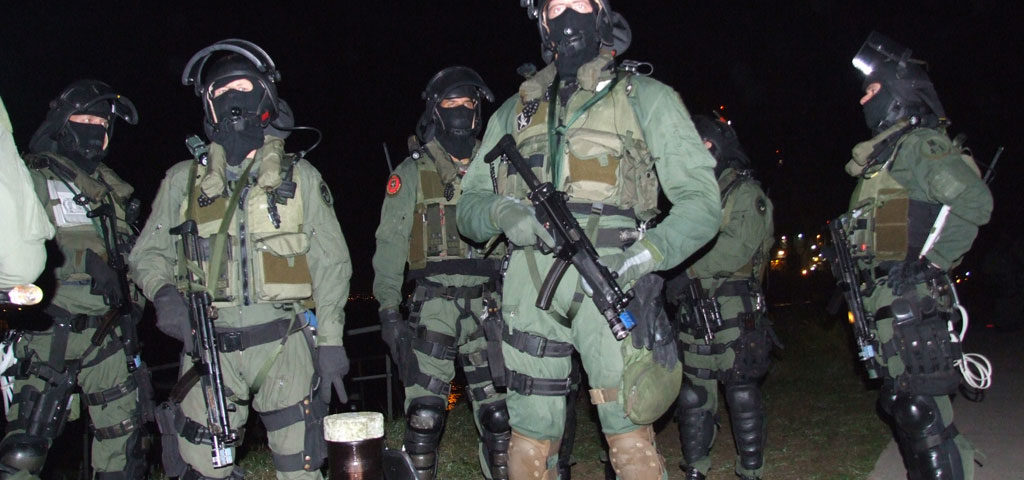

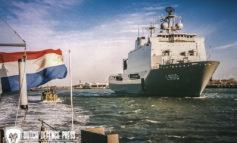
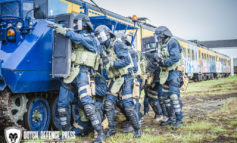
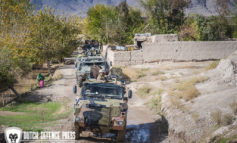
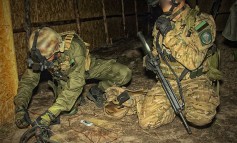
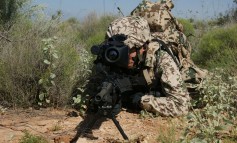
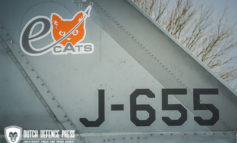



6 Comments
L.E.K.S
16 oktober 2010 at 15:04Nice article but know your facts. The operators of the BBE never arrested any ‘Hofstad terrorist’. They were arrested by AT operators from Rotterdam who arrived for the first assist. The terrorist wasn’t shot in the shoulder by an BSB (BBE-P)sniper but by a AT operator. The BBE operators in those days were named BBE-SIE (Snelle Interventie Eenheid)and transformed into the UI of the DSI.
Great website, nice pics!
War Is Boring » Video: Dutch Special Forces Exercise
19 november 2010 at 19:03[…] Check out my video above. […]
shp
15 juli 2011 at 00:47One thing about the rescuing Taipan… The rifles used by the pirates were most probably AKs or some version of the AKM, but definitely NOT the AK47.
Yea, Americans call every variant of the AK-type rifle chambered for the 7,62×39 “AK-47”, but you know, they’re Americans, so
Flip
4 januari 2012 at 13:22“The divers attached to the UIM also work with the British Royal Marines Special Boat Service (SBS)”
Not 100% sure, but I thought that the SBS is no longer part of the British Royal Marine Commandos, but part of UKSF with the other SF elements of the UK forces.
Carlito
9 februari 2018 at 12:10@L.E.K.S; He knows his facts as far as I know. The AT is a police unit formed out of the best from police and military units. DSI has UIM (now named M- squadron) members in it as well
Pete
24 augustus 2019 at 04:26There is a commemorative plaque just off HWY. 70 in Holly Ridge, NC commemorating the founding of the Royal Dutch Marines. They trained-up with USMC and then headed off to Dutch East Indies WW2.
Semper Fi